Grade two In math students are expanding their skill and understanding of units by bundling ones, tens, and hundreds up to a thousand with straws. The bundled units are organized by separating them largest to smallest, ordered from left to right. We learned to count up and down between 90 and 1000 using ones, tens, and hundreds. Throughout this module students will be doing a great deal of counting: by ones, tens, and hundreds. As they count up on the place value chart they'll see movement from right to left as the numbers increase. For example, as 10 ones are renamed as 1 ten, the larger unit is housed in the place directly to the left. The goal is for students to move back and forth fluidly between the number line and the place value chart, using either to rename units and compare numbers. Students learned that numbers can be described in unit form (e.g., 5 hundreds 7 tens 6 ones).We will be adding some new terms to students’ math vocabulary in this unit:
| Grade One We continue our to hear similar stories from different lands during our listening and learning time. This week we read Tom Thumb and Thumbelina. The objectives of this unit are for students to recognize that these are fictional stories that come from the author's imagination. Also, they should recognize these stories are a type of fiction called folktales. After reading each story we discuss the characters, setting, and plot. After reading Tom Thumb we discussed the familiar saying "There's no place like home." Ask your child to explain what this phrase means. In math, students were introduced to doubles facts and double plus one facts. We learned about odd and even numbers and learned that numbers ending with a 0,2,4,6, or 8 are even numbers and the opposite of even numbers are odd. At home, practice making odd and even groups of objects (such as coins, legos, or utensils) and discussing why these groups are odd or even. |
|
We worked together on the long vowel sounds this week. Students practiced decoding CVCe words and learned to mark the vowels and consonants to help build their decoding skills. We learned about the “magic e” that teams with the vowel in CVCe words to form the sound. When we added the “magic e" to words such as tap, them, shin, hop, and cut. We made new words with a different vowel sound. We learned to mark the vowels in the word with a horseshoe-shaped loop to show that the two letters together form a vowel digraph to make the sound. In addition, we learned about contractions, discussed how to be a bucket-filling classroom, and learned two new games at P.E. On Friday, we created robots out of shapes and wrote super sentences about our robots.
0 Comments
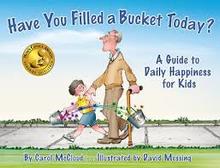 We had our first visit from our ABC Reader on Friday. Students heard the book Have You Filled a bucket Today? A guide to Daily Happiness for Kids, by Carol McCloud. The class discussed how kind words and actions create “warm fuzzies” that fill our buckets. Also, we talked about how negative behavior can make others feel poorly and remove “warm fuzzies” from buckets. The goal of the lesson is for students to intentionally choose to fill their classmates buckets by being kind and respectful. It is similar to the lesson from one of our earlier stories to treat others the way you would want to be treated. Discuss the three concepts from the story with your child.
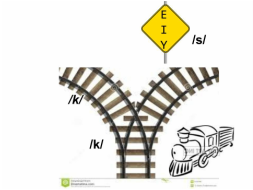 In foundational skills the students learned about the two sounds of "C". We made a C-train and used the tracks to figure out when to make the /k/ sound and when to make the /s/ sound. Students learned that when C is followed by the letters e, i, or y it will make the /s/ sound. When it is followed by other letters it should make the /k/ sound. This helps students when they are trying to figure out an unknown word. They know to make the /s/ sound in words such as ceiling, cymbal, and circle. This will help them decode words more quickly and reliably. Today we created new friends Venn diagrams. Students were paired with a partner and did a getting to know you interview. Then they created a Venn diagram featuring themselves. They noted things they both liked that were the same and the ways they were different. The final product will be on display outside the classroom next week. Be sure to take a look at all the wonderful student work that is on display inside the classroom as well. There's more great student work inside their Friday Folders that came home today.
|
AuthorHello, I am Renee De Villez. This page is about the activities going on in my classroom. My audience consists of the parents of the students in my class. Other parents and teachers are welcome to read it as well. Archives
May 2017
Categories |

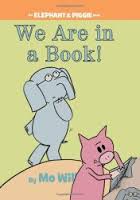
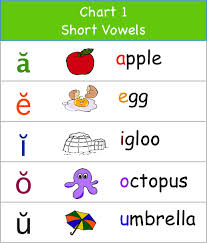
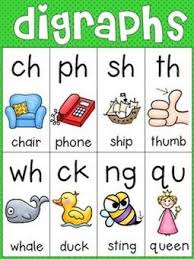


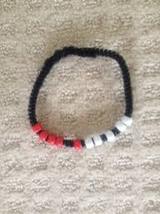
 RSS Feed
RSS Feed
